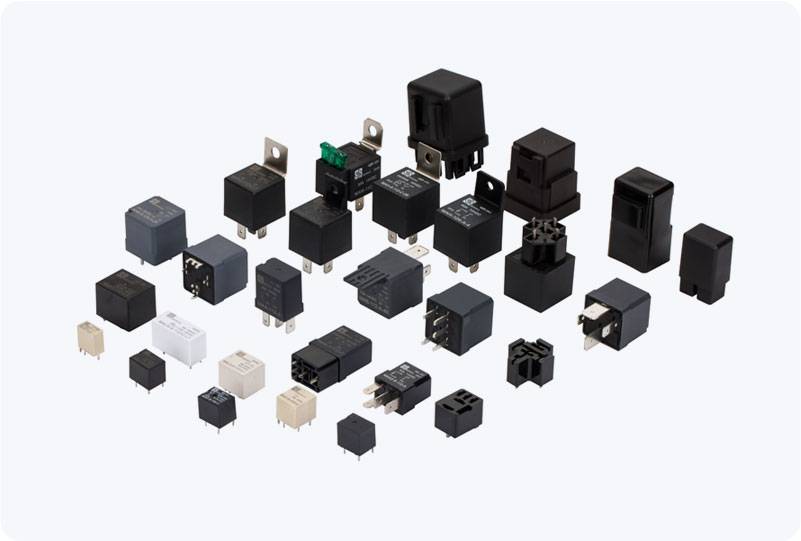understanding power monitoring relay: a critical component for electrical system protection
Release time:2025-07-20 09:27:15
In today's industrial and commercial environments, maintaining a stable and safe electrical system is crucial for the optimal performance of equipment and overall facility safety. Power Monitoring Relay (PMR) is one of the key devices that helps achieve this goal by providing real-time monitoring and protection of electrical circuits. It continuously checks vital parameters such as voltage, current, frequency, and power, ensuring that the system operates within safe limits. In this article, we will explore the functions, features, applications, and importance of Power Monitoring Relays in electrical systems.

What is a Power Monitoring Relay?
A Power Monitoring Relay is an intelligent device designed to monitor and protect electrical circuits by tracking important parameters. It detects abnormal conditions in the power supply, such as overvoltage, undervoltage, overcurrent, or frequency deviations, and takes corrective action to protect equipment from damage. These relays are widely used in industrial, commercial, and residential systems to enhance the reliability and longevity of electrical devices and prevent costly failures.
Key Functions of Power Monitoring Relay
Voltage Monitoring: One of the primary functions of a Power Monitoring Relay is to monitor the voltage levels within a specified range. Voltage fluctuations can cause significant damage to electrical devices. When the voltage exceeds or drops below the preset threshold, the relay activates an alarm or disconnects the circuit to prevent damage to the connected equipment.

